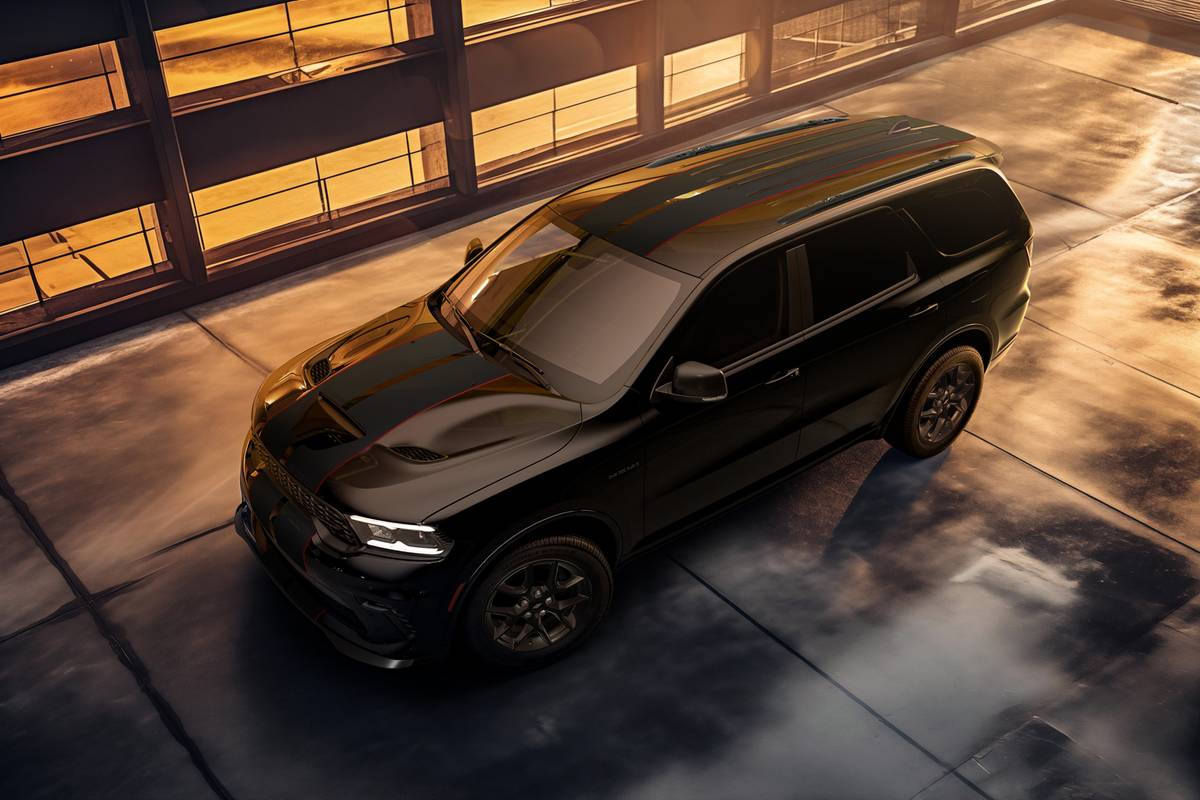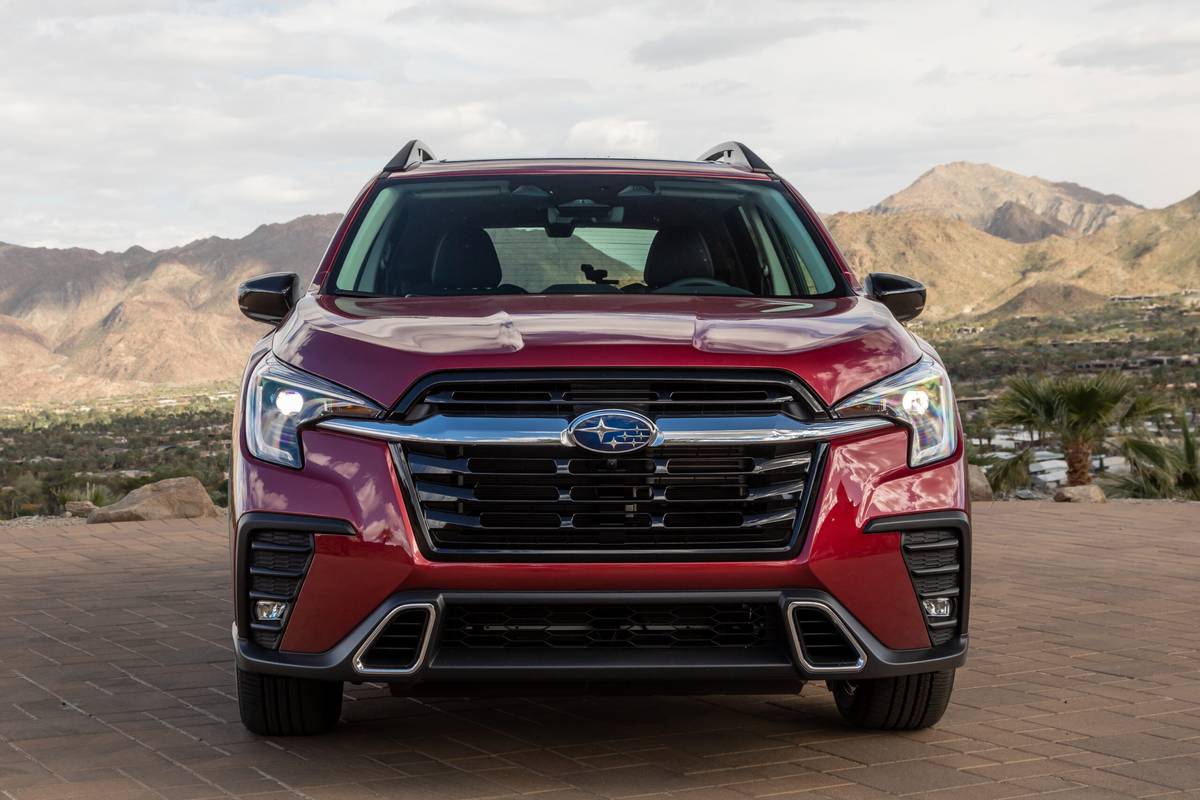chicagotribune.com's view
Hyundai made a name for itself in the U.S. by promoting its low cost. Now it has opted to go high fashion.
Hyundai added the Azera sedan for 2006. It’s not only larger and $1,000 more expensive than the XG it replaces, but it also boasts woodgrain trim and fancy metal accents just like entry-level luxury cars.
“We’ve elevated our game with a new flagship, a more upscale sedan for those who want affordable luxury,” as Hyundai spokesman Miles Johnson puts it.
Upscale also means more profit potential from a $25,000 Azera than a $13,000 Accent.
The XG appeared in the 2001 model year as a rival to the Toyota Camry, Honda Accord and Nissan Altima.
For 2006 the midsize Sonata, redesigned and now built in the U.S., will battle that formidable trio. Azera goes up against the bigger and more well appointed Toyota Avalon and Nissan Maxima among imports, the Buick LaCrosse and Ford Five Hundred among domestics.
XG was offered in base and L versions, Azera comes in base SE and Limited. We tested the SE.
For starters, Azera is a weird name. Rolls off the tongue like a log. Hyundai justifies it by saying it makes people think about A to Z–or some such nonsense.
Dumb name but smart styling. XG had large round headlamps and a horizontal chrome grille that made it look like a Mercedes wannabe. Azera looks more like an Infiniti wannabe with a trio of small, horizontally mounted front lamps and thin horizontal chrome grille.
Azera also is an inch longer and wider and 3 inches taller than XG. A 1.1-inch longer wheelbase provides more cabin space and better road manners.
But the big change is that Azera comes with a 3.8-liter, 263-horsepower, 24-valve V-6, up from the XG’s 3.5-liter, 194-h.p. V-6.
In addition to more passing and hill climbing power, the 3.8 is rated at 19 m.p.g. city, 28 m.p.g. highway, versus 17/26 with the 3.5. That’s 2 m.p.g. better in city and highway mileage despite the dramatic boost in power.
Yet, while much more spirited than the XG, Azera at times suffers a split-second hesitation before you leap forward after standing on the gas.
Compared with its rivals, Azera has more muscle than the 3-liter, 203-h.p. V-6 in the Five Hundred. But the 3.5-liter, 268-h.p. V-6 in Avalon and 3.5-liter, 265-h.p. V-6 in Maxima, in particular, deliver quicker off-the-line and into-the-passing-lane movement.
And Avalon’s V-6 is rated at 22/31; Maxima’s 20/28; and Five Hundred’s 21/29, all topping Azera.
Azera comes with fully independent double-wishbone suspension upfront, multilink in the rear plus front and rear stabilizer bars and 16-inch all-season radials.
The suspension focuses on smooth ride more than pinpoint handling. Azera does a good job of minimizing body lean in corners and turns, but Avalon and Maxima handle much better, Five Hundred about the same.
You don’t always feel the tar marks in the road but you often hear the radials slap over them in the cabin, which could use a tad more insulation to better block out the noise.
Avalon is more whisper quiet and delivers a softer, smoother ride. Maxima is more performance oriented, with a little stiffer ride but more precise handling.
Azera has electronic stability control as standard, a system usually found in higher-priced luxury sedans. It applies the brakes to individual wheels to prevent slipping or sliding in corners and turns and adjusts throttle input to help keep the vehicle on its intended path. Traction control and four-wheel anti-lock brakes are standard as well.
The cabin is upscale. Fit and finish are excellent. You don’t see screw heads and fasteners and the metal track under the front seat is covered so it doesn’t stick out and look unkempt. And the well-cushioned cloth seats offer excellent comfort and keep you in place without sliding around in corners and turns.
The cabin also is spacious front and back. Those in back enjoy exceptional leg and head room. Even with the front seat far back, there’s room to stretch your legs.
Nice touches include a power plug and pull-down armrest with dual cupholders for those in back, and a power plug plus a pair of storage compartments under the center armrest upfront. There’s also an overhead compartment for eyeglasses upfront.
Controls are easy to see and use; a dash compartment holds CDs; a cell phone holder is in front of the gearshift lever; and rear seat backs fold flat for more storage.
The trunk is wide and deep and the lid opens high for easy loading and unloading. The audio speaker under the rear parcel shelf, however, limits the height of objects you can carry.
Azera SE starts at $24,335, the Limited at $26,835.
Standard equipment includes front and side-impact air bags plus front/rear side-curtain air bags, dual automatic climate control, power driver and passenger seats, AM/FM/CD/MP3 system with steering-wheel controls, power windows with pinch protection so they stop and retract if a hand is in the way, power locks and mirrors, cruise control, automatic headlamps and remote keyless entry.
Limited adds 17-inch radials, heated leather seats, power rear-window sunshade and power tilt/telescoping steering wheel as standard.
Options for the SE are bundled. That makes them costly because you have to take a bunch of items to get the few you want.
The $2,500 ultimate package adds power sunroof, Infinity sound system, power pedals, power tilt/telescoping steering wheel, rain-sensing wipers and memory settings for seats/mirrors/steering wheel.
The $1,700 premium package adds the power sunroof, Infinity sound system and heated front seats.
Hyundai chose to rival Avalon and Maxima with more size, more power and more amenities, but still falls a bit short in terms of smooth and quiet ride and handling precision. The cabin and creature comforts are first class, but suspension tuning and low range engine performance needs work.
Of course, Azera might not meet Avalon or Maxima standards, but it still costs $2,000 to $8,000 less than an Avalon and $3,000 to $6,000 less than a Maxima, the reason for the “affordable” luxury tag.
Because this is only its first year, a few tweaks to the suspension and low-range engine performance can only make Azera better
Hyundai hopes to capitalize on the latest J.D. Power and Associates buyer retention study. Hyundai finished fifth among those who would buy the brand again.
Its 56 percent retention rate put it behind Toyota and Lexus, tied at 63 percent; Honda at 60 percent and Chevrolet at 57 percent. But it was ahead of Ford at 54 percent, Mercedes-Benz at 53 percent and BMW at 50 percent.
The study shows consumers don’t feel they have to apologize for or rationalize buying a Hyundai.
– – –
2006 Hyundai Azera SE
Price as tested: $24,420
Wheelbase: 109.4 inches
Length: 192.7 inches
Engine: 3.8-liter, 263-h.p., 24-valve V-6
Transmission: 5-speed automatic with Shiftronic manual mode
CITY 19 m.p.g.
HWY 28 m.p.g.
THE STICKER
Base price: $24,335
$85 Carpeted floor mats
*Add $660 for freight
PLUSES
Longer, wider and taller.
New styling.
New and significantly more potent V-6, yet with higher fuel economy.
Lots of creature comforts.
MINUSES
Taking on tougher competition in Toyota Avalon and Nissan Maxima.
Slight hesitation from V-6 in hard acceleration.
Options bundled, not individual.
———-
Read Jim Mateja Sunday in Transportation and Wednesday and Friday in Business. Hear him on WBBM Newsradio 780 at 6:22 p.m. Wednesdays and 11:22 a.m. Sundays.
jmateja@tribune.com
Latest news



